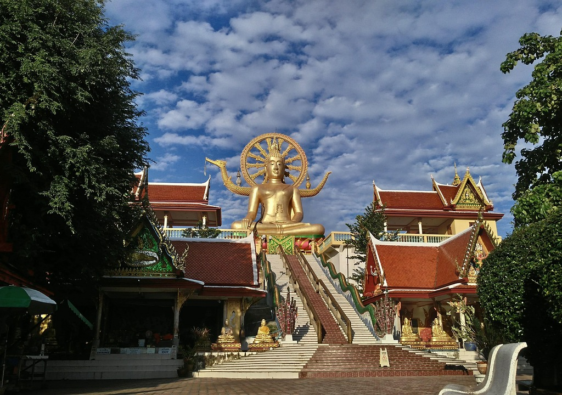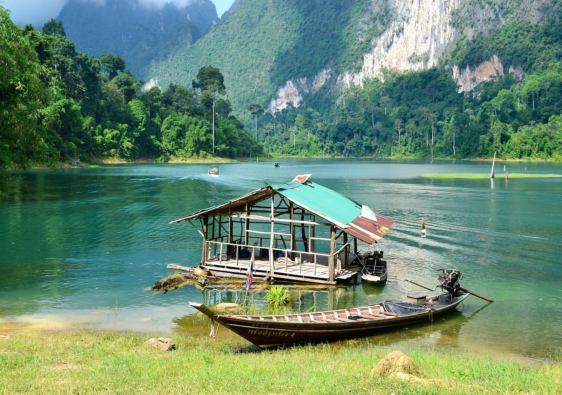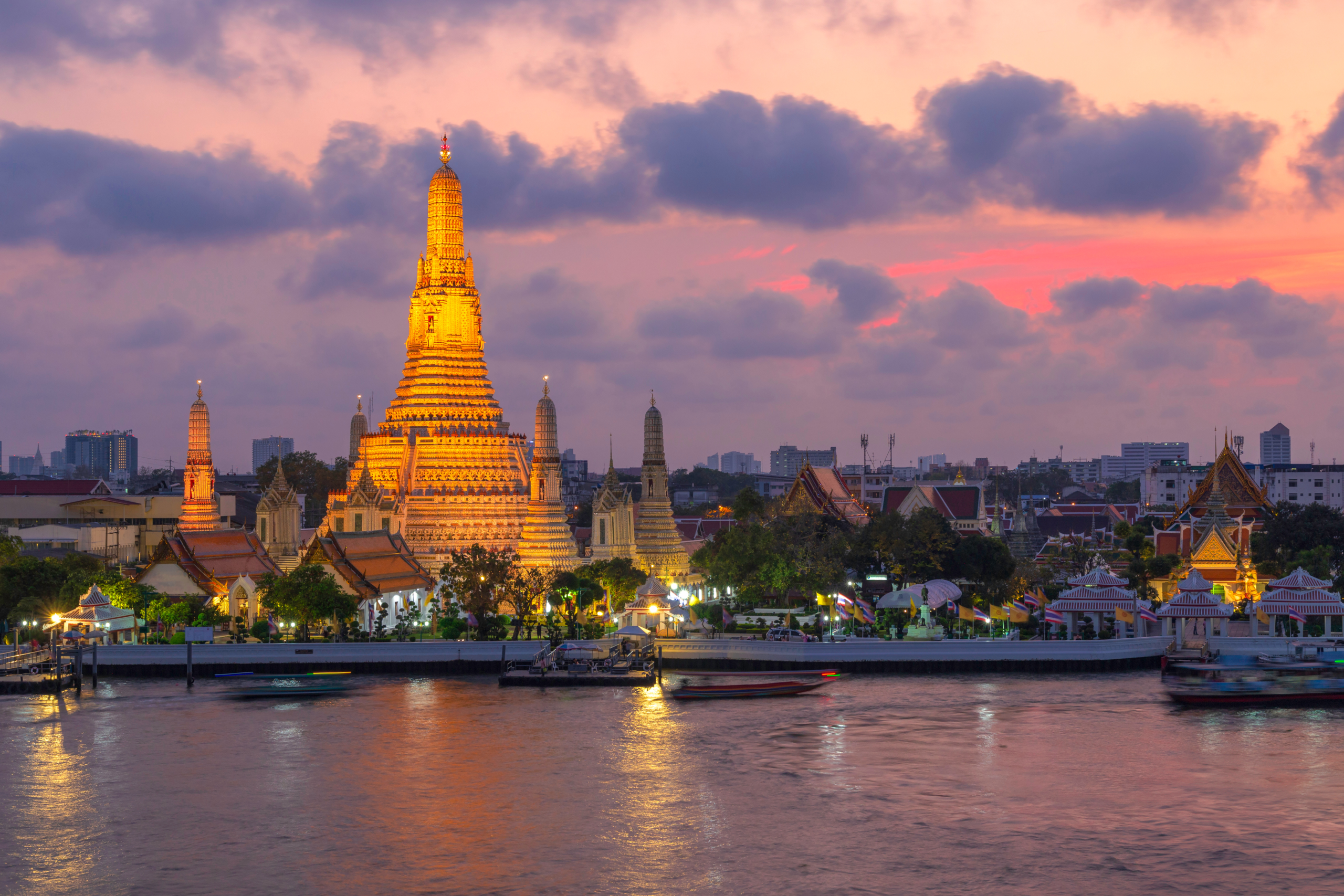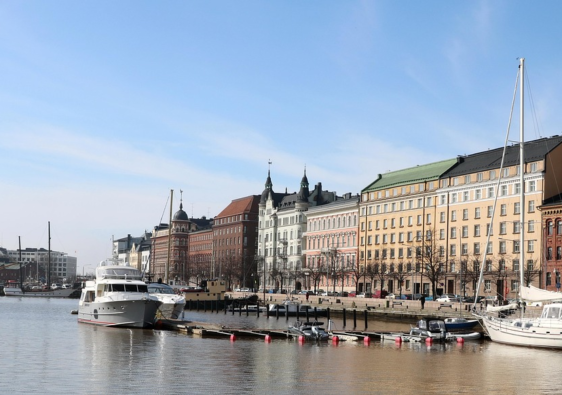Overview
Kraków is Old Europe with a fresh edge: a medieval core wrapped in leafy parkland, smoky jazz cellars and candle-lit cafés; a former royal capital that now buzzes with students, contemporary art and an increasingly serious food scene. You’ll wander past Gothic towers and Renaissance courtyards by day, then hear the bugle call over Europe’s largest medieval square at dusk. It’s the sort of city that turns a weekend into a week without rinsing your budget.
Key facts (quick bites)
• Location: Southern Poland, on the River Vistula (Wisła).
• Language: Polish (English widely spoken in tourism).
• Currency: Polish złoty (PLN, symbol zł). It’s the legal tender nationwide; 100 groszy = 1 złoty.
• Population (city): ~809,000 (as of 31 Dec 2024).
• Best time to visit: May–June and September for mild weather and festivals; December for Christmas markets; July–August are warmest and busiest.

Why Visit Kraków
Kraków is one of those cities that stays with you not just for how it looks, but for how it feels. You don’t just visit the past here; you walk straight into it. The echo of horse hooves on cobbles, the sound of the Hejnał trumpet drifting from St. Mary’s Basilica, the golden light spilling across Rynek Główny it’s a city that wears its history like a second skin. Once the royal capital of Poland, Kraków has escaped much of the destruction that reshaped other European cities, leaving behind an Old Town that feels miraculously intact. From the regal halls of Wawel Castle to the archaeological tunnels beneath the Main Market Square, you can sense centuries of life layered beneath your feet. And yet, for all its medieval romance, Kraków isn’t a museum piece it’s a living, breathing city that knows how to enjoy itself.
That contrast is what makes it special. By day, you’ll wander between churches and courtyards, sip coffee in candlelit cafés, and browse art in the former Schindler’s Factory, now home to the bold MOCAK Museum of Contemporary Art. By night, you’ll find smoky jazz bars, riverside walks, and the hum of conversation spilling from wine bars in Kazimierz, the once-Jewish quarter turned creative hub. Beyond the city limits, day trips reveal even more of Poland’s story from the surreal underground cathedrals of the Wieliczka Salt Mine to the haunting memorial at Auschwitz-Birkenau. Add to that its low prices, walkable streets, and easy-going rhythm, and it’s no wonder Kraków draws everyone from backpackers and digital nomads to couples on weekend escapes. It’s a place that feels both grand and personal a city where every doorway hides a story, and every evening leaves you planning to stay just one more day.
Top Things to Do in Kraków
1. Wawel Royal Castle & Cathedral
Perched above the Vistula River, Wawel Hill is the heart of Polish identity a place of kings, legends, and dragons. Wander through grand State Rooms and royal apartments, visit the tombs of Polish monarchs in the Cathedral, and take in the sweeping city views from the ramparts. Don’t miss the Wawel Dragon statue below it really does breathe fire.

2. Rynek Główny (Main Market Square)
The centrepiece of Kraków’s Old Town, this vast square is the largest of its kind in medieval Europe. Watch the world go by from a café terrace, browse the stalls inside the Cloth Hall, and look up when the Hejnał trumpet sounds on the hour it’s one of those small moments that make the city unforgettable.
3. St. Mary’s Basilica
With its twin towers and stained-glass windows, St. Mary’s Basilica is Kraków’s most recognisable landmark. Step inside to see Veit Stoss’s breathtaking 15th-century wooden altarpiece, and if you’re up for it, climb the tower for a bird’s-eye view of the square below.
4. Rynek Underground Museum
Hidden beneath the Main Market Square, this modern museum takes you literally below the surface of Kraków’s history. You’ll walk over glass bridges above medieval streets, see centuries-old artefacts, and get a real feel for what life was like here hundreds of years ago.
5. Kazimierz (Jewish Quarter)
Once the centre of Jewish life in Kraków, Kazimierz is now one of the city’s most atmospheric neighbourhoods full of bohemian bars, vintage shops, and cobbled courtyards. Visit the old synagogues, then stop for lunch on Plac Nowy try the famous zapiekanka, an open-faced baguette piled high with toppings.
6. Oskar Schindler’s Enamel Factory
A powerful museum that brings wartime Kraków to life through immersive exhibits and personal stories. It’s set inside the actual factory where Oskar Schindler saved the lives of over a thousand Jews during World War II a visit that’s as moving as it is educational.
7. MOCAK – Museum of Contemporary Art
Next door to Schindler’s Factory, MOCAK showcases Poland’s vibrant modern art scene with thought-provoking installations, photography, and film. The contrast between the building’s industrial past and its creative present captures Kraków’s evolving spirit perfectly.
8. Wieliczka Salt Mine (Day Trip)
A short ride from the city, this UNESCO-listed mine is like stepping into another world vast underground chambers, glittering salt chandeliers, and even a full cathedral carved entirely from salt. Guided tours run year-round and are surprisingly atmospheric.
9. Auschwitz-Birkenau Memorial & Museum (Day Trip)
A sobering but vital visit, the memorial offers an unflinching look at one of history’s darkest chapters. Guided tours provide essential context, and it’s best visited with time to reflect afterwards a reminder of why remembering matters.
10. Planty Park
Encircling the Old Town, this leafy park follows the line of the city’s former medieval walls. It’s perfect for a morning jog, a quiet bench break, or a sunset stroll beneath the chestnut trees a peaceful green ribbon around the city’s busy centre.
Neighbourhoods & Where to Stay
Kraków may be compact, but each of its neighbourhoods has its own rhythm and charm. Whether you’re after medieval magic, riverside calm, or creative energy, there’s a corner of the city that’ll fit the way you travel.
Stare Miasto (Old Town)
This is the Kraków most people picture grand, historic, and full of life. Staying here means waking up to the sound of the Hejnał from St. Mary’s Basilica and being just steps from cafés, museums, and market squares. It’s perfect for first-time visitors who want to be in the middle of it all, though it can be busy (and pricier) in summer. Evenings bring a soft buzz rather than chaos, with elegant restaurants, cellar jazz bars, and horse-drawn carriages under the streetlights.
Stay here if: You want atmosphere, convenience, and classic Kraków views.

Kazimierz (Jewish Quarter)
Once the heart of Jewish life, Kazimierz has evolved into Kraków’s bohemian soul a patchwork of synagogues, street art, and buzzing cafés. The vibe is artistic, informal, and effortlessly cool. By day, you can wander its quiet courtyards and small galleries; by night, it transforms into one of Kraków’s liveliest areas for food and nightlife. Plac Nowy is the social hub equal parts market square, beer garden, and street-food court.
Stay here if: You love culture, creativity, and café hopping.
Podgórze
Across the river from Kazimierz, Podgórze offers a quieter, more reflective side of Kraków. It’s rich in history home to Schindler’s Factory and the Ghetto Heroes Square memorial but also full of green spaces, street art, and cool coffee spots. The riverside boulevards are lovely for evening walks, and the slower pace makes it ideal for families or travellers who prefer a more local feel.
Stay here if: You want space, peace, and easy access to museums.
Debniki & Salwator
Leafy and residential, these neighbourhoods stretch along the river southwest of the Old Town. They’re great for joggers, cyclists, and those who prefer local life over tourist crowds. You’ll find traditional bakeries, riverside cafés, and the trail up to Kościuszko Mound for one of the best views in the city.
Stay here if: You’re planning a longer stay, or you like staying somewhere quiet but well-connected.
Food & Drink
Kraków’s food scene is a delicious reflection of the city itself traditional at its core, but curious, evolving, and full of character. You can grab a hot obwarzanek (Kraków’s signature braided bread) from a street cart one moment, then sit down for Michelin-starred tasting menus the next. Whether you’re after hearty comfort food, café culture, or cool cocktail spots, Kraków does it all and often for half the price of Western Europe.

Must-Try Local Dishes
- Pierogi: Poland’s beloved dumplings come stuffed with everything from potato and cheese to wild mushrooms and spinach. For dessert, try the sweet blueberry version dusted with sugar.
- Żurek: A tangy sour rye soup served in a bread bowl especially comforting on a chilly day.
- Bigos: A rich hunter’s stew made with sauerkraut, cabbage, and smoky sausage, best enjoyed with rye bread and a cold beer.
- Zapiekanka: Kraków’s late-night legend an open-faced baguette topped with mushrooms, cheese, and anything else you fancy. Head to Plac Nowy in Kazimierz to join the queue at the window that never seems to sleep.
- Oscypek: Smoked sheep’s cheese from the Tatra Mountains, often grilled and served with cranberry jam. You’ll find it at markets and winter stalls across the city.
- Obwarzanek Krakowski: Somewhere between a pretzel and a bagel, this chewy, twisted bread ring is sold from blue carts all over the city.
Drinks & Nightlife
Kraków takes its drinks seriously. You’ll find traditional wódka bars offering endless varieties of flavoured vodka, but the city’s also become a hotspot for craft beer and cocktails. Try Wódka Café Bar (Old Town) for tasting flights, House of Beer for Polish brews, or Mercy Brown for speakeasy-style cocktails and live jazz. And don’t miss the cellar bars tucked underground, they’re where Kraków really comes alive after dark.
Culture & Local Tips
Festivals & Events
Kraków loves a celebration from medieval pageants to open-air jazz sessions, there’s almost always something happening.
- Kraków Film Festival (May/June): One of Europe’s oldest film festivals, known for documentaries and animations screened across the city.
- Wianki Festival (June): A vibrant midsummer celebration along the river, with concerts, fireworks, and wreaths floating downstream part ancient tradition, part city-wide party.
- Jewish Culture Festival (late June – early July): Held in Kazimierz, this week-long event fills the streets with klezmer music, art, workshops, and walking tours. It’s a celebration of heritage and community that feels deeply authentic.
- Kraków Live Festival (August): A major summer music event drawing international artists to the city’s old airfield.
- Christmas Market (late November – December): One of Europe’s prettiest festive markets, set on the Main Square beneath strings of golden lights. Expect mulled wine, handmade ornaments, and the scent of roasted nuts in the air.
Local Life & Experiences
- Café Culture: Kraków runs on coffee. Locals spend hours reading, writing, or chatting in cosy cafés try Camelot, Tektura, or Café Magia for that effortlessly artsy vibe.
- Sunday Strolls: Sundays are sacred family time. Expect quieter mornings, full parks, and plenty of locals walking along the Vistula boulevards with ice cream in hand.
- Markets & Traditions: Visit Stary Kleparz for produce, or Plac Nowy on weekends for crafts and snacks. Around Easter and Christmas, the city fills with hand-painted eggs and wooden decorations a nod to Poland’s deep folk traditions.
- Respectful Curiosity: If you visit places like Auschwitz or the old Ghetto area in Podgórze, take your time. These aren’t just “tourist sites” — they’re places of remembrance, and locals appreciate visitors treating them as such.
Local Tips
- Cash vs Card: Most places take cards, but having a few złoty on hand is useful for markets or smaller cafés.
- Public Transport: Trams are efficient and reliable, but make sure to validate your ticket after boarding.
- Language: English is widely spoken in the centre, but learning a few phrases in Polish is always appreciated.
- Weather: Summers are warm but can bring storms; winters are cold and magical, especially around Christmas. Always pack layers.
- Quiet Hours: Residential areas are peaceful after 10pm keep the noise low when heading back from the bars.
- Tipping: In restaurants, tipping around 10% is standard, though rounding up is fine for small bills
Getting from the Airport:
- Train: The easiest option — fast, clean, and only about 20 minutes to Kraków Główny (the main station). Trains run roughly every 30 minutes, and tickets cost around 17–20 zł.
- Taxi: Official airport taxis have fixed rates, usually 90–110 zł to the city centre. Avoid unmarked cars.
- Bus: Lines 208, 300, and night bus 902 run to the centre, taking 35–45 minutes — cheap but slower.

Final Travel Tips & Quick Summary
Best Time to Visit
The city has something to offer in every season, but timing your trip right can completely shape your experience.
- Spring (April–June): Kraków at its most pleasant. The days are long, flowers fill Planty Park, and outdoor cafés spill onto cobbled lanes. May and June also bring the Film Festival and riverside concerts.
- Summer (July–August): Expect warm, sunny days (25–30°C), lively streets, and plenty of open-air events. It’s peak tourist season, so book early if you want central accommodation.
- Autumn (September–October): A golden secret cooler air, smaller crowds, and the city glowing in autumn colours. Ideal for photographers and slow travellers.
- Winter (November–March): Frosty, festive, and romantic. The Christmas Market in Rynek Główny is one of Europe’s best, and snow-dusted rooftops make the Old Town look straight out of a fairy tale. Just bundle up temperatures can drop below freezing.
Common Mistakes to Avoid
- Forgetting to validate tram tickets: A small mistake, but fines are common always stamp your ticket as soon as you board.
- Assuming euros are accepted: Poland uses the złoty, not the euro most shops won’t take foreign currency.
- Rushing day trips: Both Wieliczka Salt Mine and Auschwitz-Birkenau deserve time. Book guided tours in advance and give yourself space afterward to decompress.
- Ignoring Kazimierz by day: Many visit for its nightlife, but it’s just as special in daylight, full of quiet courtyards and local bakeries.
- Dining only around the Main Square: The view’s great, but the best (and best-priced) meals are just a few streets away.
Quickfire Tips
- Buy museum tickets online to skip queues.
- Keep some cash for markets, buses, and smaller bars.
- Tipping: 10% is polite; leave cash rather than adding it to the card if possible.
- Wi-Fi is everywhere, and SIM cards are cheap.
- A fair number of locals can speak English, but learning a few Polish words will get you smiles.
- Sunday mornings are quiet perfect for exploring Planty Park or grabbing brunch without crowds.





